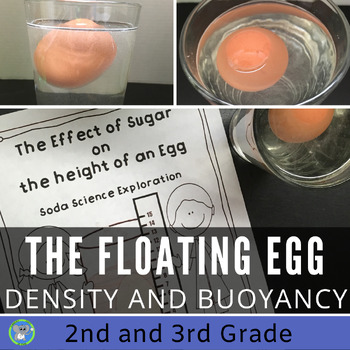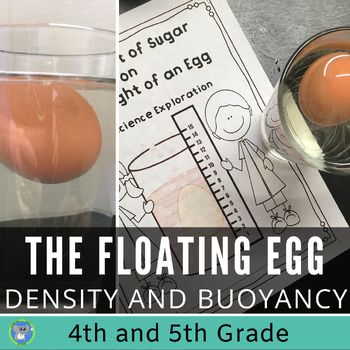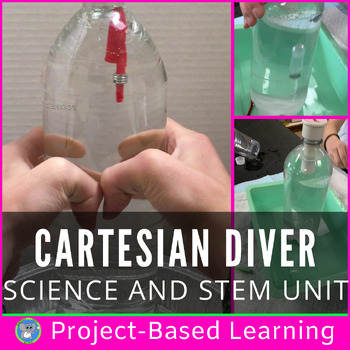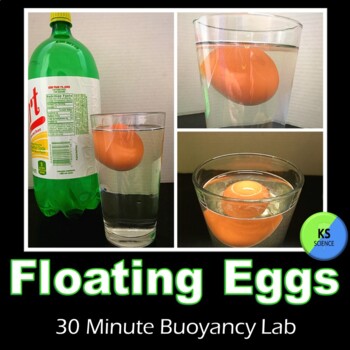Storybooks for Teaching Density and Buoyancy in the Classroom
Long ago, the Greek mathematician Archimedes discovered why things float. Legend has it he discovered this while taking a bath. Sinking and floating are always a hit in the classroom. They are a great introduction to many science concepts. Storybooks are a fantastic way to introduce and engage learners with science phenomena. Check out these great read-alongs for your sinking, floating, buoyancy, and density lesson plans.
If you fill a bathtub to the top, it will overflow when you get in. Why is that?
The water has to move out of the way to make room for you in the tub. Archimedes discovered that the object's weight determines if it will sink or float. If the object in the water weighs more than the amount of water being displaced, it will sink. We weigh more than the amount of water being displaced. If you place a sponge in the tub, it will most likely float. The weight of the sponge is less than the weight of the water being displaced.
Here are some engaging books for introducing the science of
sinking and floating.
 |
| This book is perfect for showing how weight affects how high the boat floats. The story is entertaining and introduces the words balanced, weight, and level. |
 |
| This is a cute, funny book. It has nice illustrations. This is great for showing the engineering design process. Try this science and STEM activity with floating eggs to show how things rise up in the water. |
 |
| This story shows lots of different boats. How do they all float? We like this one because it shows the hull full of water. This is a great reference to the weight of the boat and how high it floats. |
Expand Further for the Older Grades
Archimedes' Principle is also known as buoyancy. Buoyancy is the ability of an object to float in water, air, or another fluid.
Liquids have what is known as a buoyant force. It is the lifting force on an object placed in a liquid. The buoyant force is related to the object's density in the liquid.
If the object is denser, the buoyant force causes the object to sink. If the object is less dense than the liquid, the buoyant force will lift it to the surface.
Objects do not pull themselves to the surface. The liquid pushes them up. The denser a liquid, the more buoyant force it will have.
These books are great for getting more in-depth with
density and buoyancy.
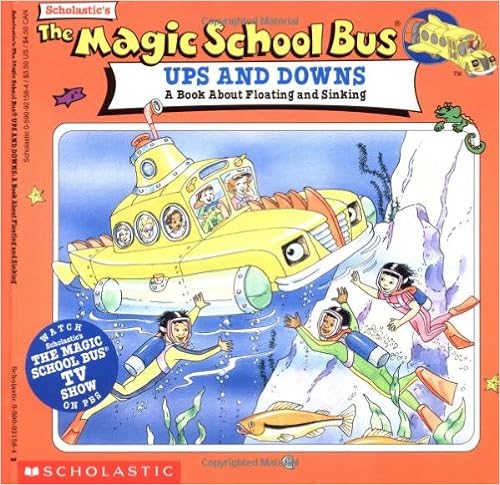 |
| This book is fantastic. It does a wonderful job explaining buoyancy. You can even show the video too. We like to pair it with a Cartesian Diver STEM Activity. |
 |
| This book provides examples of things that sink and float. It introduces the terms density, gravity, and buoyancy. |
Sinking and Floating is always an engaging activity. It can be a little confusing for kids.
For younger students, focus on sinking and floating.
For older students, expand to density and buoyancy. Using stories helps students relate phenomena to real-world examples.
We recommend first performing a hands-on activity and then reading the story. The students will be able to connect the two.
After that, read more structured texts and learn vocabulary. Make sure to have a reading corner with a collection of sinking and floating books for kids to read independently.

